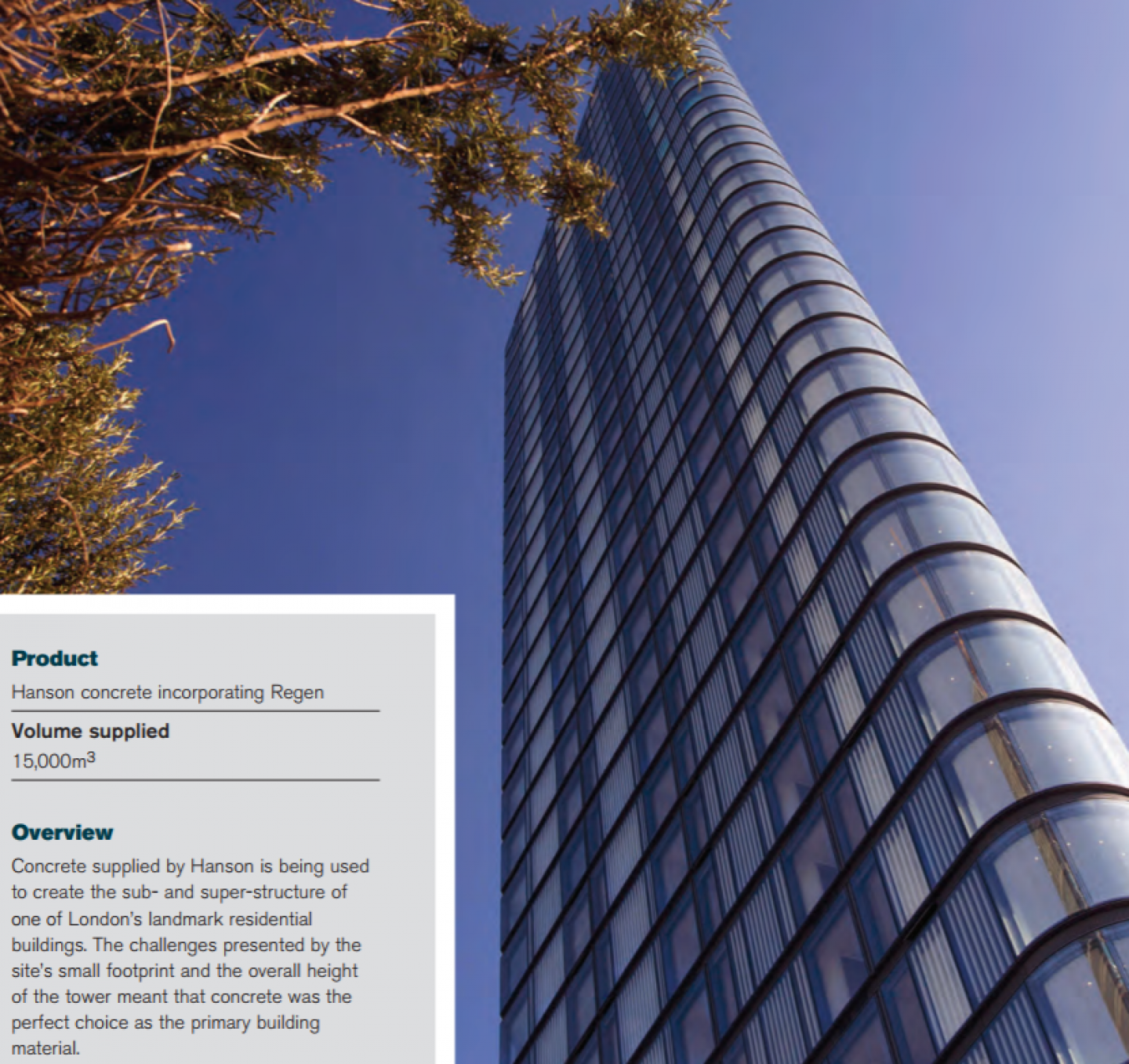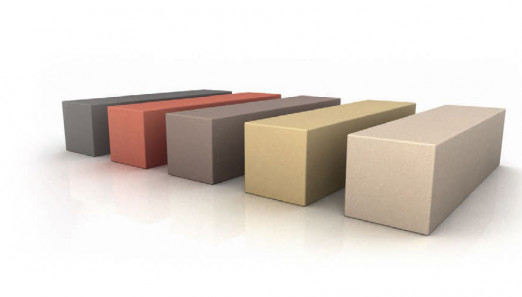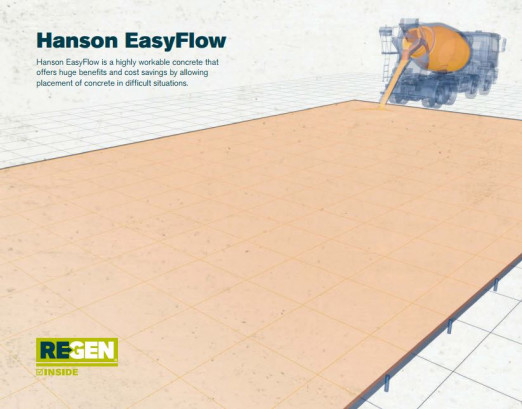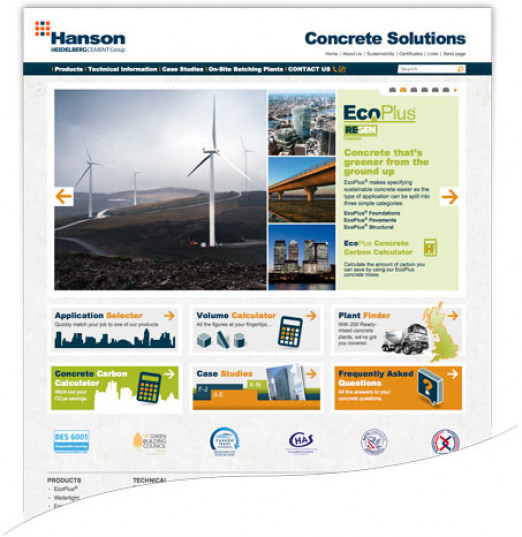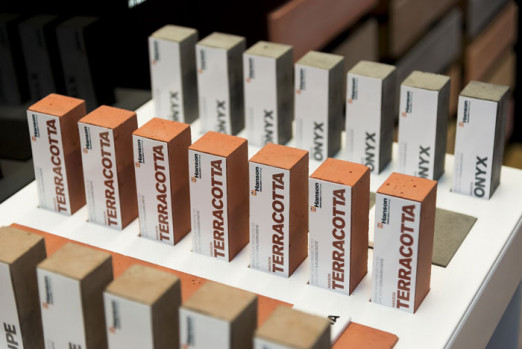Lexicon is a new 36-storey concrete tower of 146 residential apartments in Islington, London.
Behind its striking glazed façade Lexicon's core, floorplates and structural rectangular columns are all constructed from one material – concrete.
Concrete was chosen due to the height of the structure, which stands 120 metres high on a very small footprint. It is proven to be effective for creating tall structures while providing significant wind resistance.
The material also provides fire and acoustic separation between the apartments. Most residential towers have a central core that houses the lift and staircases to provide structural stability while allowing the apartments to be arranged around the perimeter so they benefit from views and natural light.
At Lexicon, this arrangement would have necessitated another mechanism connected to the sides of the building for stability, due to the building’s narrow profile, which would have disrupted the layout of the apartment. As a result, the core has been positioned next to the western façade and is linked by the apartments’ floorplates. Three solid concrete outrigger walls and two large columns are close to the eastern façade and hidden within party walls – so that it uses the whole width of the building to stiffen the structure and resist bending from wind loads.
The building’s concrete core was constructed using a slipform rig as the compact floorplates meant there was very little room to place core shuttering between concrete pours. A hydraulic protection screen was used to construct the ring of perimeter columns and the parallelogram-shaped floorplates.
Hanson supplied all of the concrete for the project and worked with contractor AJ Morrisroe & Sons to design the specialist concretes for each element.
It was vital that the concrete used for the slipform rig could be placed in the shuttering in layers 300mm high and attain sufficient early age strength that construction of the core could take place at the rate of three metres a day.
A C50/60 concrete was chosen but the Portland Cement, Regen (ground granulated blastfurnace slag) and admixture content had to be adjusted, as temperatures started to drop but the rate of construction needed to be retained.
To increase productivity of the floorplate slabs, they were constructed in two parts. One half was cast first, allowing shuttering for the columns and walls to be erected, while on the other half, the floorplate falsework and reinforcement were installed prior to casting. The concrete had to achieve a fast setting rate to achieve the desired early-age strength and changes were made to the mix design to enable the supporting floors to carry the next slab being cast on the accelerated programme.
This method helped ensure that the floors were cast at the rate of one every six days, allowing the build programme to be completed two weeks ahead of schedule.
